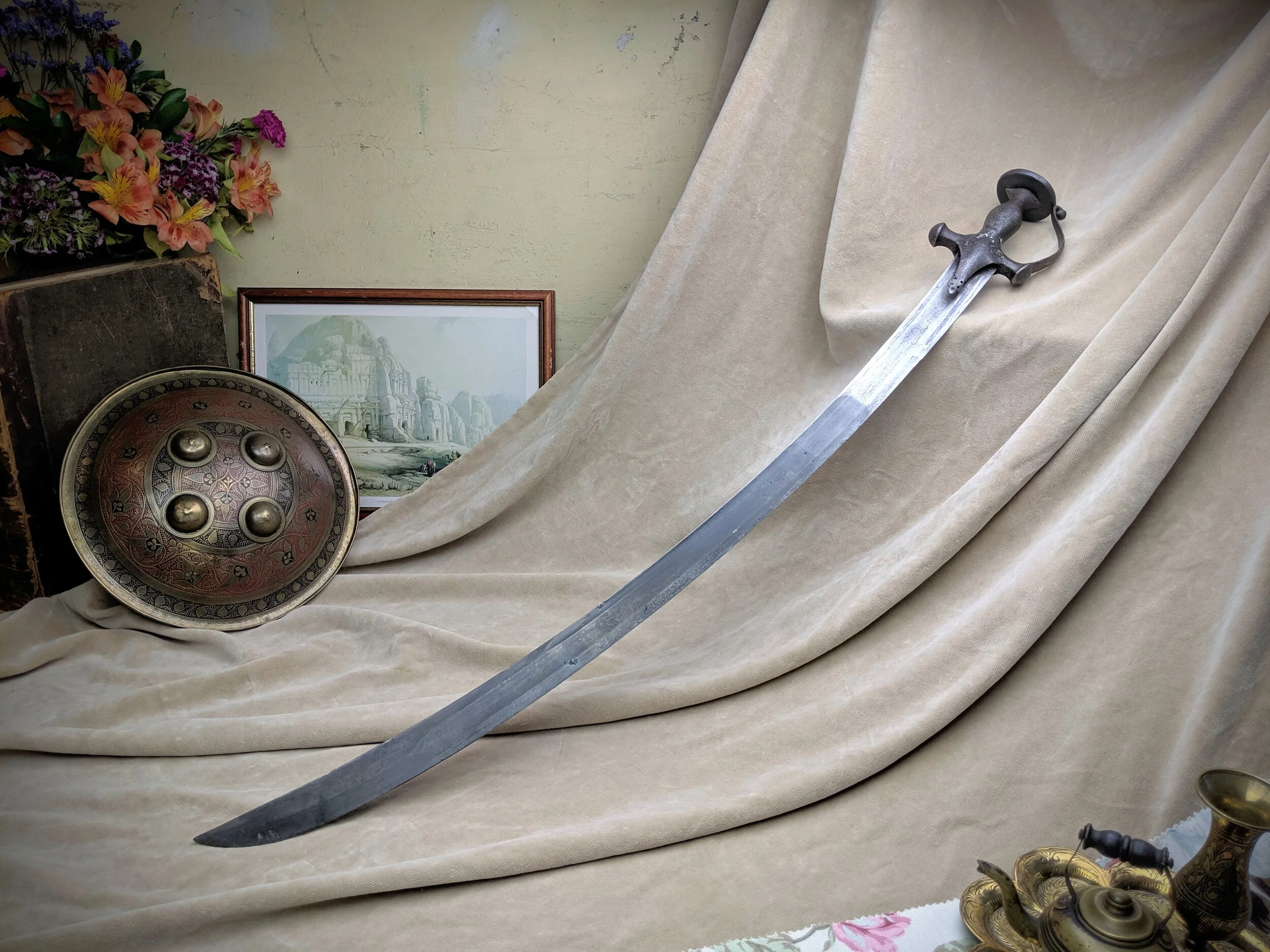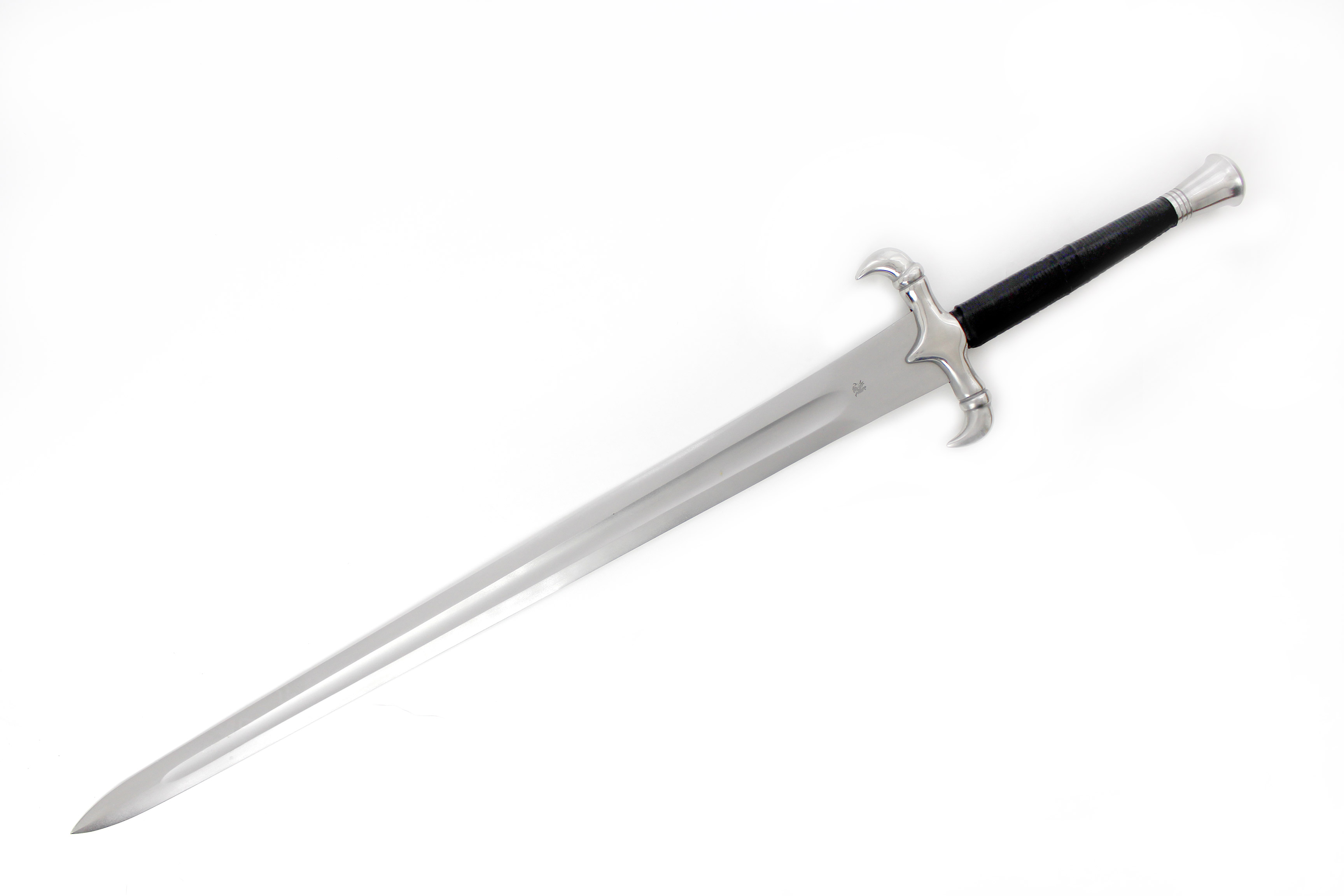Sword Types and Characteristics

Sword definition – Swords, the timeless weapons of warriors and adventurers, come in a myriad of shapes and sizes, each designed for a specific purpose. From the iconic longsword to the elegant rapier, swords have played a pivotal role in shaping the course of history and captivating imaginations.
A sword is a bladed weapon designed for cutting or thrusting. It is typically made of metal, with a hilt for gripping and a blade for striking. In ancient times, swords were used as weapons of war and hunting. Today, they are still used in some cultures for ceremonial purposes.
NYT Connections Hint can provide more information about the history and use of swords.
Types of Swords
Swords can be broadly classified into several types based on their shape, size, and intended use:
- Longsword: A versatile weapon used by medieval knights, typically featuring a double-edged blade between 80 and 110 centimeters long.
- Shortsword: A shorter version of the longsword, with a blade length ranging from 60 to 80 centimeters, providing greater maneuverability in close combat.
- Rapier: A slender and lightweight sword with a long, narrow blade designed for thrusting rather than slashing. Its flexibility allowed for precise strikes and disarming opponents.
- Katana: A traditional Japanese sword characterized by its curved blade and single-edged design. Its razor-sharp edge and exceptional cutting ability made it a formidable weapon in the hands of samurai.
Materials and Performance
The materials used in sword construction greatly influence their performance and durability. Historically, swords were primarily made from iron or steel, with different alloys and forging techniques employed to enhance their strength and sharpness.
In the realm of sharp-edged weaponry, the sword stands as a formidable blade, its keen edge slicing through the air with deadly precision. Yet, amidst the clang of battle, there exists a digital arena where words become weapons in the game of wordle nyt.
Here, the battleground is not one of steel but of letters, where players duel with vocabulary, seeking to unravel the hidden word with each strategic guess. As the sword defines the art of combat, so too does wordle nyt sharpen the mind, forging wordsmiths from everyday players.
- Iron: A relatively soft metal, iron swords were common in ancient times. While less durable than steel, they were easier to produce and could be sharpened to a fine edge.
- Steel: A stronger and more durable alloy of iron, steel swords became the preferred choice for warriors due to their ability to hold an edge for longer periods.
- Damascus Steel: A legendary type of steel renowned for its exceptional strength and flexibility. Damascus swords were prized for their intricate patterns and ability to cut through armor with ease.
Sword Techniques and Combat Styles
Sword fighting encompasses a diverse range of techniques and combat styles that have evolved over centuries of martial practice. These techniques aim to harness the blade’s potential for thrusting, cutting, and parrying, while also incorporating footwork, balance, and body mechanics to enhance the fighter’s effectiveness.
Basic Techniques
The fundamental techniques of sword fighting include:
– Thrusting: A direct attack that uses the point of the blade to pierce an opponent’s body.
– Cutting: A slashing motion that uses the blade’s edge to inflict wounds.
– Parrying: A defensive maneuver that uses the blade to deflect or block an opponent’s attack.
Sword Fighting Styles
Different cultures and traditions have developed distinct sword fighting styles, each with its own unique principles and techniques. Some notable styles include:
– Fencing: A Western martial art that emphasizes quick, precise movements and footwork.
– Kendo: A Japanese martial art that focuses on the use of bamboo swords in full-contact sparring.
– Iaido: A Japanese martial art that involves the rapid drawing and cutting of a sword.
Footwork, Balance, and Body Mechanics
Effective sword fighting requires not only technical skill but also a strong foundation in footwork, balance, and body mechanics. Proper footwork allows for quick movement and agile maneuvering, while good balance ensures stability and control during attacks and defenses. Body mechanics plays a crucial role in generating power and accuracy in both offensive and defensive actions.
Sword Symbolism and Cultural Significance: Sword Definition

Swords have held profound symbolic and cultural significance throughout human history, transcending their practical use as weapons. They have been imbued with meanings and associations that extend far beyond the battlefield, becoming integral to mythology, religion, art, and societal rituals.
In many cultures, swords are seen as symbols of power, authority, and justice. They are often wielded by kings, warriors, and deities as emblems of their strength and authority. In ancient Rome, the sword was a symbol of Roman citizenship and military prowess. In Japan, the samurai sword (katana) is a revered symbol of honor, courage, and loyalty.
Swords in Mythology and Religion, Sword definition
Swords play a pivotal role in countless myths and religious narratives. In Greek mythology, the sword of Zeus, the king of the gods, is a symbol of his power and dominion over the heavens. In the Bible, the sword is often associated with divine judgment and retribution. The sword of the Archangel Michael is said to have been used to cast Satan out of heaven.
Swords in Art and Literature
Swords have been a recurring motif in art and literature throughout history. They are often depicted as symbols of heroism, sacrifice, and the struggle between good and evil. In the works of Shakespeare, for example, swords are often used to represent the conflict between honor and ambition. In modern fantasy literature, swords are often imbued with magical powers and become central to the hero’s journey.
Swords in Historical Events and Societal Rituals
Swords have played a significant role in historical events and societal rituals. In medieval Europe, swords were used in duels to settle disputes and prove one’s honor. In Japan, the samurai sword was an essential part of the traditional tea ceremony, symbolizing the warrior’s readiness to defend himself and his principles.
A sword, a blade forged in the fires of war, a symbol of power and conquest. Yet, in the depths of the umbrella pit , where shadows dance and secrets whisper, the sword finds a new purpose. There, it becomes a conduit for the unspoken, a vessel for the forgotten memories that haunt the pit’s depths.
And as the sword’s edge cuts through the veil of silence, the definition of its existence transforms, becoming both a weapon and a testament to the fragility of time.
A sword, a weapon of steel with a sharp edge, has been wielded by warriors throughout history. Its gleaming blade, like the shimmering skin of an olive , has tasted both victory and defeat. From the battlefields of ancient Greece to the feudal wars of Japan, the sword has played a pivotal role in shaping the destinies of nations and individuals alike.
The sword, a weapon of war and a symbol of power, is often forged from the finest steel, its blade honed to a razor’s edge. But even the sharpest sword can be shattered by a well-aimed diamond, the hardest natural substance known to man.
The diamond’s meaning is one of purity, strength, and invincibility, qualities that are also embodied in the samurai sword, the ultimate weapon of the Japanese warrior.